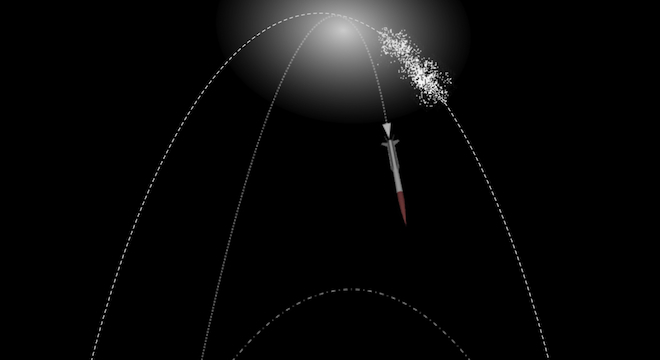Houston is all too aware of this problem: The area of space just outside of Earth is growing dangerously crowded with space junk, debris leftover from 50 years-worth of humanity’s spacefaring activities and from tiny meteorites.
That debris — NASA estimates that there are 21,000 individual objects larger than 4 inches and upwards of 100 million smaller than a centimeter in low-earth orbit — threatens to crash into satellites and disrupt current space ventures. Even more problematic, the level of debris may have reached a tipping point where one collision could spiral out of control and cause a cascade of collisions, producing further debris and more crashes and more debris, ad infinitum, a nightmare scenario known as the Kessler effect for the scientist who first proposed it back in 1978.
But space scientists at the Naval Research Laboratory’s Center for Space Technology have a plan: They want to fire rockets that will deploy clouds of dust in selective orbits that would increase the drag on space junk and cause the debris to plunge back toward Earth and burn up harmlessly in the atmosphere.
The Naval Research Laboratory (NRL) published a diagram of the process, which can be seen below:

“Dust, similar to that which naturally fills the near-Earth environment, can be deployed artificially in a narrow altitude band to enhance drag on debris and force re-entry,” said Gurudas Ganguli, a scientist with the Navy Research Laboratory’s Space Analysis and Application Section in a news release issued Wednesday.
The counter-intuitive idea still faces some huge questions, namely what failsafe measures would be employed in the event that something malfunctioned in delivering the dust into orbit, and what would be done if the dust was deployed in the wrong orbit or in the wrong direction. After all, the worst outcome would be adding more space junk to deal with.
Still Ganguli seemed confident that the idea was worth consideration, arguing that “the environmental effect of releasing the dust is expected to be benign.” NRL’s news release also points out that micrometeorites already dump 100 tons of dust into low-earth orbit daily, and that a comparatively modest amount, say 20 to 40 tons, would be all that was necessary for the Naval scientists’ plan to work correctly.
And, to be fair, dust would seem to be a more cost-effective method of dealing with space junk than some others that have been proposed lately, including “janitor satellites” or other service satellites that could repurpose their defunct counterparts into functioning transmitters.






